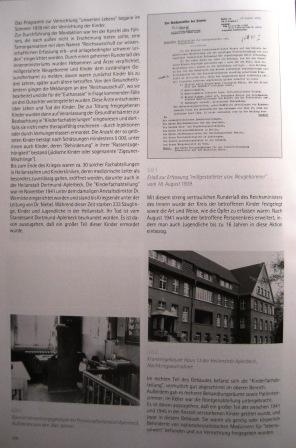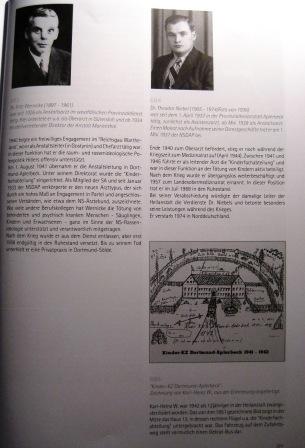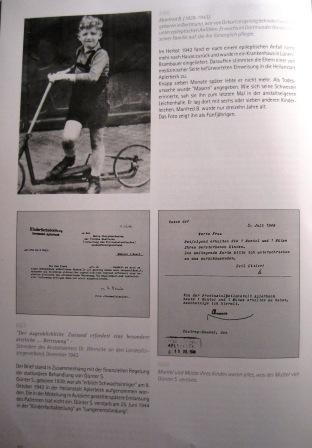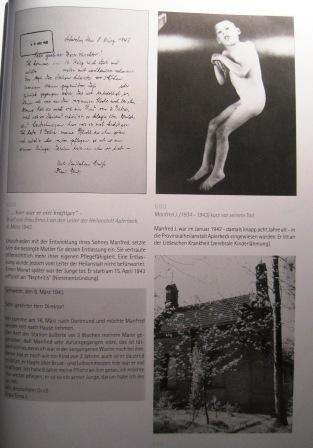Home
Dortmund-Aplerbeck (Provinzial-, Heil- und
Pflegeanstalt
Dortmund-Aplerbeck)
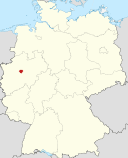
The Kinderfachabteilung in Dortmund-Aplerbeck was established in November
1941 as the second of (what today is the state of) North Rhine-Westphalia's
three special children's wards and served as the functional replacement for
the children's ward at Niedermarsberg.
It operated at least until 1943. The clinic's medical director was Dr. Fritz
Wernicke, and Dr. Theo Niebel was responsible for the special children's
ward. Both physician's careers after WWII remained untarnished by their
involvement in children's euthanasia. Dr. Wernicke continued as a practicing
physician and died in 1961. Dr. Niebel even became a state Senior Medical
Officer of Health (Landesobermedizinalrat) in 1957 and died in 1974.
The initial conference of the directors and head administrators of medical
and care facilities in the province commemorated those who had fallen in the
war yet did not mention those who had perished under the "euthanasia"
measures. After pressure from American prosecutors in the context of the
Nuremberg and the British occupation authorities as well efforts by the
appointed first minister president of North Rhine-Westphalia, Rudolf
Ameluxen, to shed light on the murder of patients, the provincial
association of Westfalen as the larger communal institution responsible for
the general welfare of the population conducted investigations resulting in
reports in 1946-47 on the Euthanasia crimes in the Province of Westphalia
established that children had been murdered in the Kinderfachabteilung in
Niedermarsberg but erroneously concluded that the special children's ward in
Dortmund-Aplerbeck had never operated as such. The events at the
Kinderfachabteilung never came under judicial review (see Teppe 1993;
Hanrath, p. 96). A partial explanation for the failure to recognize the
events in the children's ward may lie in the ward's characteristics: unlike
its predecessor in Niedermarsberg, the special children's ward, housed in
what had been built as a facility for the sick (Lazarett-Gebäude), was
embedded in a larger children's station (Kinderabteilung) open to the
public, and the nurses were recruited from existing personnel on the
premises. These characteristics helped the ward to maintain an appearance of
normalcy and allowed the killing actions to remain less visible. Still, the
medical director Wolfgang Leonhardt (1972-1986) interviewed nurses who had
worked in the special children's ward and knew about a high rate of
mortality there, even though their memories remained vague.
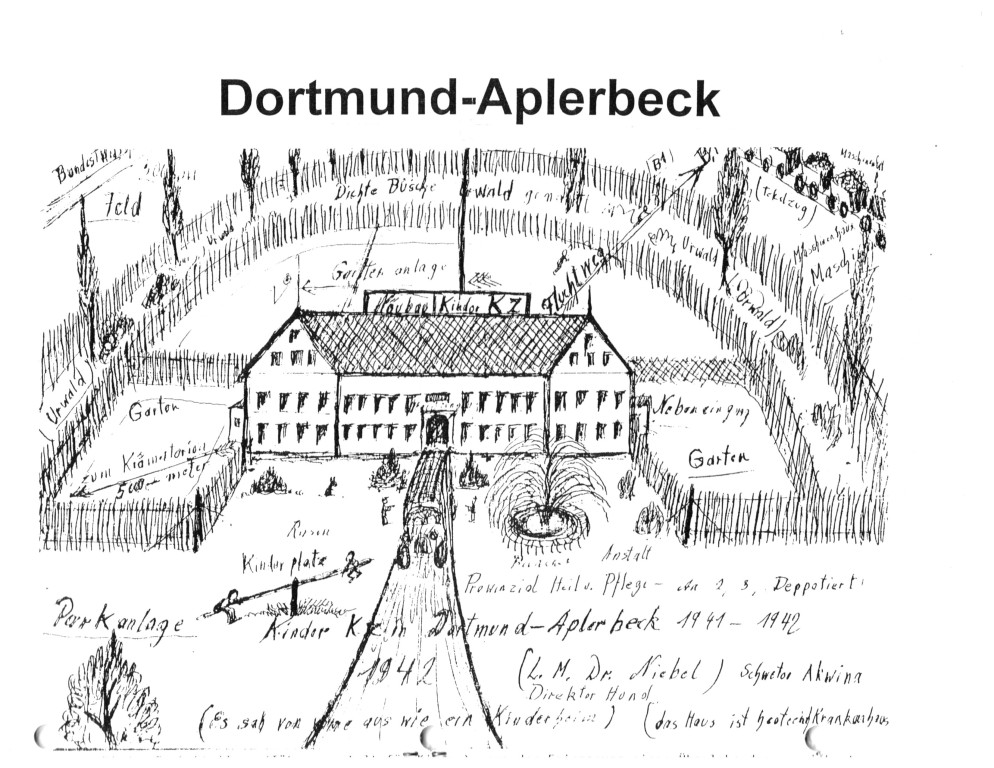
Picture drawn of the children's ward, based on the memory of the resident
and survivor Karl-Heinz Warneke in 1950 (Source: Die
Grünen; Dokumentation des Bundes der
"Euthanasie"-Geschädigten und Zwangssterilisierten e.V./original exhibit;
also in Bitzel, p. 79)
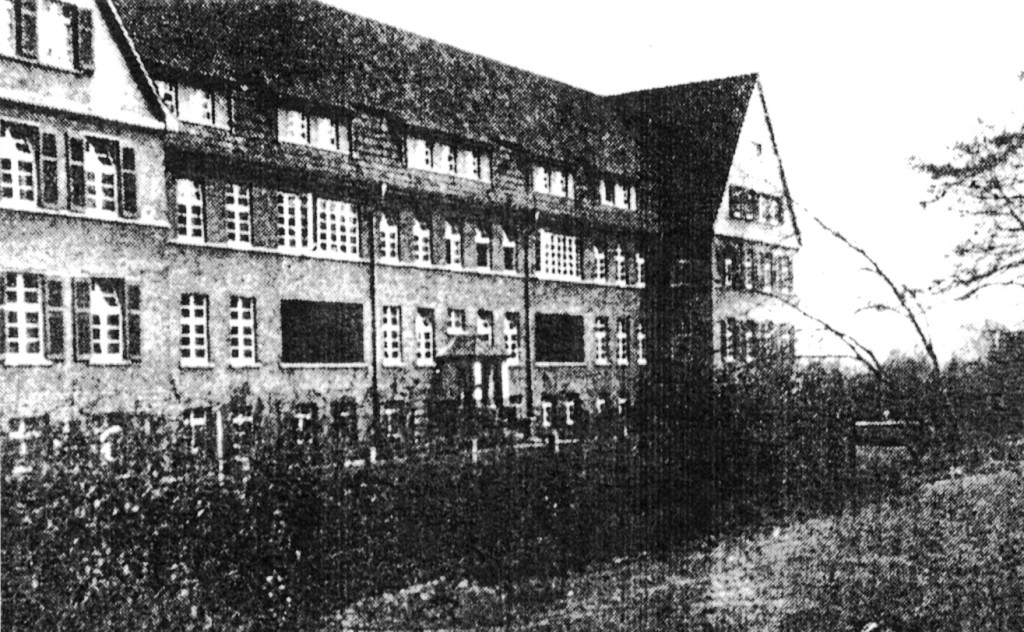
Picture of the building in which the children's ward was housed
(Source: Bitzel, p. 79)
Of the 491 children and youths up to the age of 18 admitted to the facility
in Aplerbeck between November 1941 and the end of WWII, 236 died during this
period. Based on the already elevated levels of normal deaths, estimates of
162 unexplained deaths exist. One notorious case of a child experiencing the
conditions in the Kinderfachabteilung was that of Paul Brune, who is said to
have survived due to his good record as a student.
These crimes against children remained forgotten until 1989. In 1983, on
occasion of the 50th anniversary of the beginning of the Nazi dictatorship
in 1933, the then director of the Regional Council (Landschaftsverband) of
Westfalen-Lippe, Herbert Neseker, and the Council Committee
(Landschaftsausschuss) initiated a review of the history of the
Provinzialverband der Provinz Westfalen (the Provincial Association of the
Province of Westfalia), the historical predecessor of the Regional Council,
during the Nazi period, specifically in the area of psychiatric care, a task
it commissioned its research institute to carry out. Dr. Karl Teppe of the
Institute of Westphalian Regional History (LWL-Institut für westfälische
Regionalgeschichte) informed the Assembly of the Regional Council of
Westphalia-Lippe in August 1989 in his lecture "On the value of life (and
lack thereof) during the years of National Socialism: Hitler's
'Euthanasia'-decree of 1 Sept. 1939" of the mass murder among psychiatric
patients and engendered public interest in the subject matter. The director
of the clinic, Prof. Janssen, later noted that he had previously not known
about the "euthanasia" crimes on site. The speech also mentioned the
existence of a children's euthanasia ward in Dortmund-Aplerbeck, as did his
written report (Teppe 1989, p. 22), in which Dr. Teppe affirmed its
existence. These events mark the "discovery" of the "euthanasia" crimes in
the children's ward. Several activities ensued.
Source: author
First, in front of the building that housed the Kinderfachabteilung members
of the clinic's staff union planted a Ginko tree and placed a memorial stone
next to it 1989--a staff activity not initially supported by the clinic's
entire directorship. The memorial stone' inscription reads "In memory of the
victims of fascism in psychiatric institutions in 1939-1945. Initiated by
personnel and funded by union members of the public service union of this
facility in the year 1989" (Zum Gedenken an die Opfer des Faschismus in der
Psychiatrie 1939 - 1945. Auf Anregung der Beschäftigten
und gestiftet von ÖTV Gewerkschafterinnen und Gewerkschaften dieser
Klinik im Jahr 1989). According to reports, sometimes small flowers
are still sometimes placed there, placed by individuals (visitors, staff, or
patients).
Source: author
Second, the personnel at the clinic, as it exists today, decided to erect a
memorial, which they chose after a proposal for a competition under the
guidance of sculptor Theo Uhlmann at the Dortmund College of Design. Among
15 student competitors, the artist Antje Kietzmann provided the winning
design, a sculpture that she describes as follows: "5 stelae, intended to
illustrate the fear of the children, sculpted in stone, having to wait for
their murder. 5 stelae, intended to remind us of fear and agonizing deaths,
without being so repulsive as to turn away the viewer. The intention is not
to depict in detail the cruelty or the ugliness of the euthanasia-crimes;
rather, the viewer should stop, look at the small bronze plaque positioned
at the foot of the stelae on the lawn, with the inscription 'In Memory of
the Victims of Nazi Rule.' The visitor should walk around the stelae...Look
at each one: the screaming child's face with those big eyes and pictured the
wide-open mouth....hands in the middle of the stela trying to defend
themselves...a huddled, fearful child...the back and head of a child turning
away with fear... the huge terrified eyes of a child" (see here). The memorial was erected in 1991 - as Bernd
Eichmann reports (on the basis of newspaper stories), apparently no
survivors had been invited or given the opportunity to speak when it was
dedicated on 9 December.
Third, the clinic commissioned the
historian Uwe Bitzel to write a monograph on the involvement of the clinic
and its personnel in NS crimes. It contains a detailed section on victims of
"children's euthanasia" there. The book was published in 1995.
Source: author
Fourth, on the initiative of the Regional Council of Westfalen-Lippe
as well as Dr. Bernd Walter (see Walter 1996, p. 699 n. 570), on 29 November
1994 a commemorative display was erected on the premises of an area that
contains the former clinic cemetery where many of the child victims were
buried. It is a memorial stone. The text reads: "On this site the cemetery
of the hospital Dortmund-Aplerbeck was located from 1897 to 1976. Until 1966
patients and also hospital personnel were buried here. Among the 2,658 dead
were at least 130 children, among whom a still remained unknown number
became victims of the Nazi "euthanasia" crimes in the so-called "children's
ward" in the institution between 1941 and 194. Here, where the memorial
stands, were the bones of the children laid to rest. In the Westphalian
Clinic for Psychiatry Dortmund a monument also memorializes the victims of
the Nazi regime. The mortal remains of 448 dead, who died almost exclusively
after 1945, were exhumed in 1976, and most of them taken to the main
cemetery in Dortmund" (Auf diesem Gelände befand sich von 1897 bis 1976 der
Friedhof der Heilanstalt Dortmund-Aplerbeck. Bis 1966 wurden hier Patienten
und auch Angehörige des Anstaltspersonals beigesetzt. Unter den 2658 Toten
befanden sich mindestens 130 Kinder, von denen eine bis heute unbekannt
gebliebene Zahl 1941-1945 Opfer der nationalsozialistischen
„Euthanasie"-Verbrechen in der sogenannten „Kinderfachabteilung" der Anstalt
wurde. Hier, wo diese Gedenktafel steht, wurden die Gebeine der Kinder zur
letzten Ruhe gebettet. In der Westfälischen Klinik für Psychiatrie Dortmund
erinnert ein Mahnmal auch an diese Opfer des NS-Regimes. Die sterblichen
Oberreste von 448 Toten, die fast ausschliesslich nach 1945 gestorben sind,
wurden 1976 umgebettet, die meisten auf den Hauptfriedhof Dortmund.)
Fifth, researchers Dr. Franz-Werner Kersting and Dr. Bernd Walter of the
Institute of Westphalian Regional History published a series of scholarly
analyses on the details of the Nazi "euthanasia" program in Westphalia.
The website of the clinic expressly addresses "children's
Euthanasia" crimes on its premises, and the Landschaftsverband (Regional
Council) of Westfalen-Lippe addresses "euthanasia"-crimes in its account of the history of the Provinzialverband (der
Provinz Westfalen), its historical predecessor.
Regular commemorations appear to occur on 27 January (see below). The
announcement of the commemoration in 2013 mentions this website (see here).
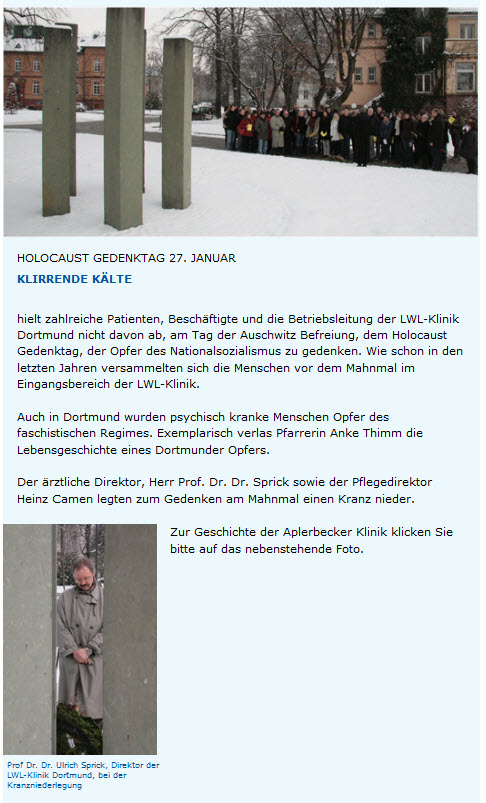 Source:
http://www.lwl.org/LWL/Gesundheit/psychiatrieverbund/K/lwl_klinik_dortmund/neues/
Source:
http://www.lwl.org/LWL/Gesundheit/psychiatrieverbund/K/lwl_klinik_dortmund/neues/
A small exhibit on "euthanasia" was on display in the church of the facility
in early 2010, on the initiative of the by reverend Anke Thimm.
The memory of a child described as a victim of "children's euthanasia" and
admitted to the ward (she was later transferred to Niedermarsberg) is
preserved here.
Source: Högl, pp. 370-4.
The city archive of Dortmund has a permanent exhibition at the Memorial
Steinwache, which includes panels with information concerning the operation
of the Kinderfachabteilung. The exhibition catalog provides detailed
information, including about two victims
Karl-Heinz Warneke, who reported having resided in the "special children's
ward," died in 2012 (obituary).
A list of victims from Gelsenkirchen has been posted by the Stolperstein
initiative there, and the list includes names of children who died here (see
http://www.stolpersteine-gelsenkirchen.de/ns_krankenmorde_gelsenkirchen.pdf)
The fate of the child Jürgen Sommerfeld is describe here.
Literature
Benzenhöfer, Udo. 2003. "Genese und Struktur der 'NS-Kinder- und
Jugendlicheneuthanasie.'" Monatsschrift
für Kinderheilkunde 151: 1012-1019.
Berg, Birgit. 2001. "Düsseldorfer Kinder als Opfer der 'Kindereuthanasie' -
eine Spurensuche." Pp. 119-39 in Erbbiologische
Selektion und "Euthanasie": Psychiatrie in Düsseldorf während des
Nationalsozialismus, edited by F. Sparing and M.-L. Heuser. Essen:
Klartext.
Bitzel, Uwe. 1995. 'Lebensunwert': Die
Heilanstalt Aplerbeck und ihre Kranken im Nationalsozialismus.
Dortmund: Westfälische Klinik für Psychiatrie.
Die Grünen im Landschaftsverband Westfalen-Lippe (GAL/Grüne), eds. 1989. NS-Verfolgte: 40 Jahre ausgegrenzt und
vergessen: Domentation einer Anhörung vom 18. Februar 1989 in Münster.
Münster: n.p. Available here.
Eichmann, Bernd. 1993. "Es fehlt an Bildern wie an der Sprache:
Gedenkstätten zur NS-Psychiatrie. Pp. 309-17 in Nach
Hadamar:
Zum Verhältnis von Psychiatrie und Gesellschaft im 20. Jahrhundert,
edited by F.-W. Kersting. Paderborn: Ferdinand Schöningh.
Hanrath, Sabine. 2002. Zwischen "Euthanasie" und Psychiatriereform:
Anstaltspsychiatrie in Westfalen und Brandenburg: Ein deutsch-deutscher
Vergleich (1945-1964). Paderborn: Ferdinand Schöningh.
Högl, Günther (Hrsg.). 2002. Widerstand und Verfolgung in
Dortmund, 1933-1945: Katalog zur ständigen Ausstellung des Stadtarchivs
Dortmund in der Mahn- und Gedenkstätte Dortmund. Dortmund: Stadtarchiv
Dortmund.
Kersting, Franz-Werner. 1996. Anstaltsärzte
zwischen
Kaiserreich und Bundesrepublik: Das Beispiel Westfalen. Paderborn:
Ferdinand Schöningh.
———, and Hans-Walter Schmuhl, eds. 2004. Quellen
zur Geschichte der Anstaltspsychiatrie in Westfalen. Paderborn:
Schöningh.
[Kietzmann,] Antje. 2003. "Erfahrungsbericht: Denk_Mal (jetzt mit Bildern)."
Available at http://reisen.ciao.de/Mahnmal_Dortmund_Aplerbeck_Dortmund__Test_2560984.
Köster, Markus. 2005. Lebensunwert: Paul
Brune: NS-Psychiatrie und ihre Folgen: Begleitheft zur DVD.
Münster: Landschaftsverband Westfalen-Lippe. Available at http://www.lwl.org/lmz-download/medienproduktion/lebenunwert.pdf
Leonhardt, Wolfgang. 1991. Schriftlich
geht’s….mündlich besser! Texte, Referate, Dialoge, Episteln.
Dortmund: Pernak und Podazuk.
LWL-PsychiatrieVerbund Westfalen und LWL-Kulturabteilung, eds. 2010. Psychiatrie in Westfalen. Munster:
LWL-PsychiatrieVerbund Westfalen. Available at http://www.lwl.org/psychiatrieverbund-download/pdf/LWL-Psychiatrie_29.09.10.pdf
Puvogel, Ulrike, and Martin Stankowski. 1996. Gedenkstätten
für die Opfer des Nationalsozialismus, vol. 1. 2d ed. Bonn:
Bundeszentrale für politische Bildung. Available at http://www.bpb.de/files/5JOYKJ.pdf.
Teppe, Karl. 1989. Massenmord auf dem Dienstweg: Hitlers
"Euthanasie"-Erlass und seine Durchführung in den westfälischen
Heilanstalten. Münster: LWL.
———. 1993. "Bewältigung von Vergangenheit? Der westfälische
'Euthanasie'-Prozess." Pp. 202-52 in Nach
Hadamar: Zum Verhältnis von Psychiatrie und Gesellschaft im 20.
Jahrhundert, edited by F.-W. Kersting. Paderborn: Ferdinand
Schöningh.
Topp, Sascha. 2004. “Der ‘Reichsausschuss zur wissenschaftlichen Erfassung
erb- und anlagebedingter schwerer Leiden’: Zur Organisation der Ermordung
minderjähriger Kranker im Nationalsozialismus 1939-1945.” Pp. 17-54 in Kinder in der NS-Psychiatrie, edited by
Thomas Beddies and Kristina Hübener. Berlin-Brandenburg: Be.bra
Wissenschaft.
———. 2005. "Der 'Reichsausschuß zur wissenschaftlichen Erfassung erb- und
anlagebedingter schwerer Leiden': Die Ermordung minderjähriger Kranker im
Nationalsozialismus 1939-1945." Master's Thesis in History, University of
Berlin.
Walter, Bernd. 1996. Psychiatrie und
Gesellschaft in der Moderne: Geisteskrankenfürsorge in der Provinz
Westfalen zwischen Kaiserreich und NS-Regime. Paderborn: Ferdinand
Schöningh.
———. 2001. "Die NS-'Kinder-Euthanasie'-Aktion in der Provinz Westfalen." Praxis der Kinderpsychologie und
Kinderpsychiatrie 50:211-27.
Westfälische Klinik für Psychiatrie Dortmund (ed.). 1995. Geschichte
und Geschichten: Hundert Jahre Westfälische Klinik für Psychiatrie
Dortmund. Dortmund: Eigenverlag der Westfälischen Klinik für
Psychiatrie Dortmund.
Last updated on 10 February 2015
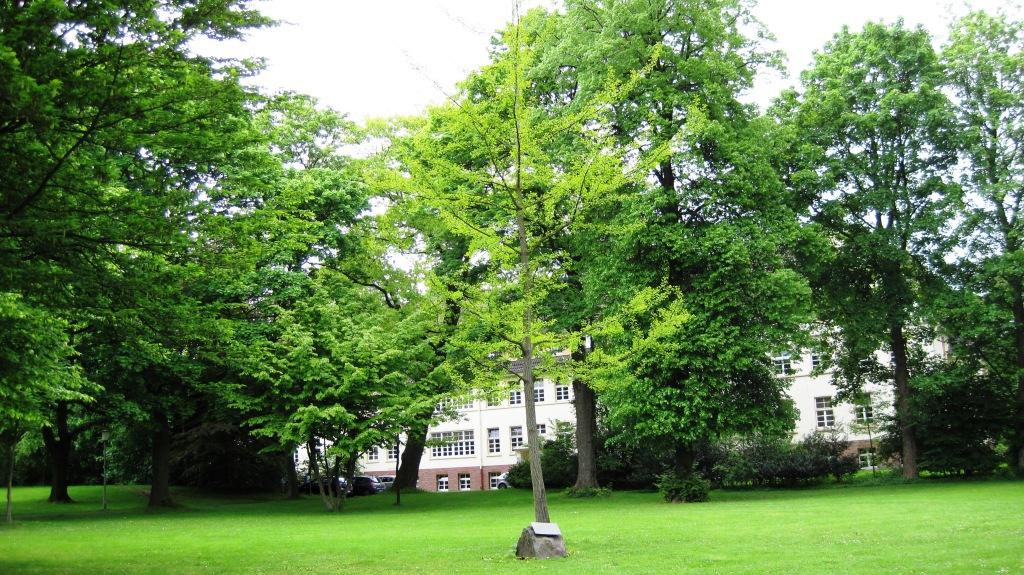
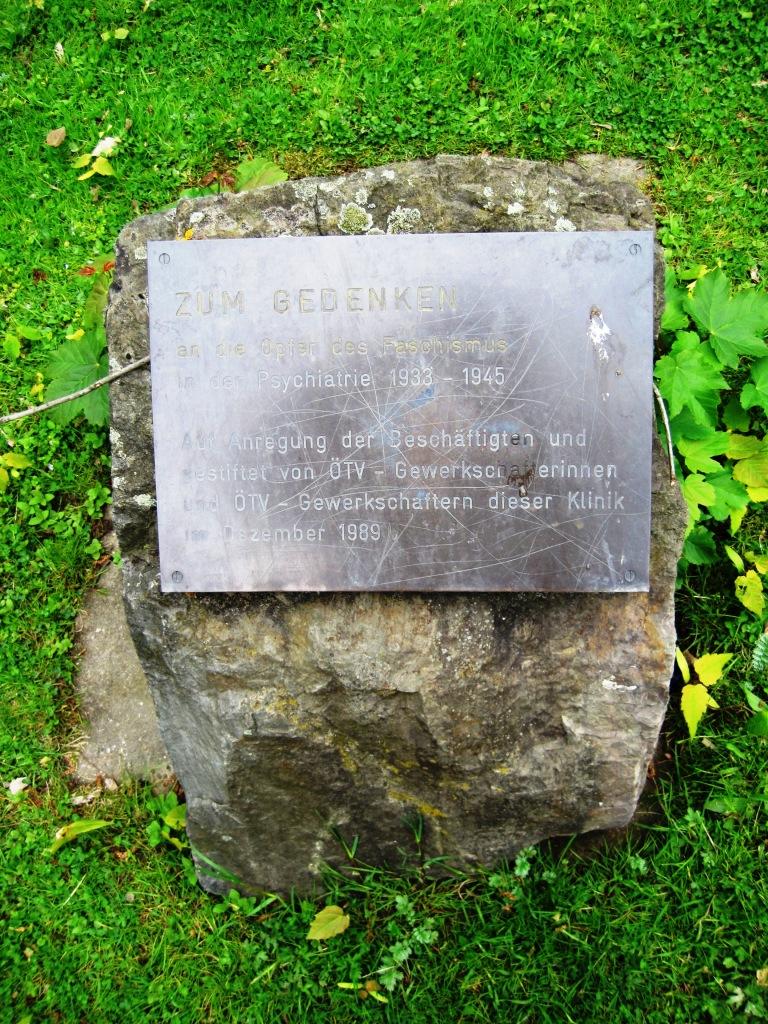





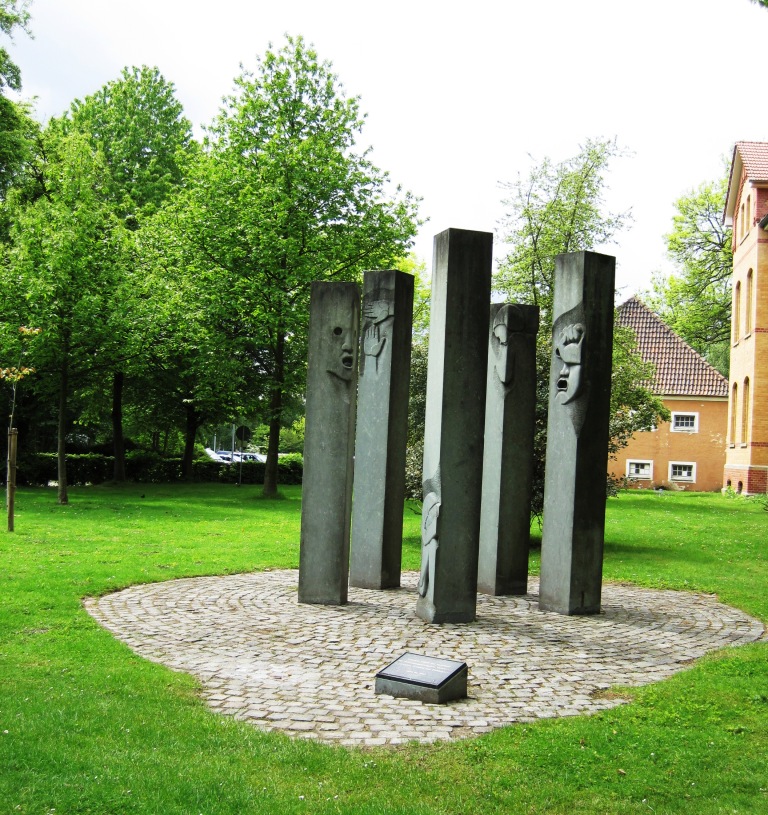
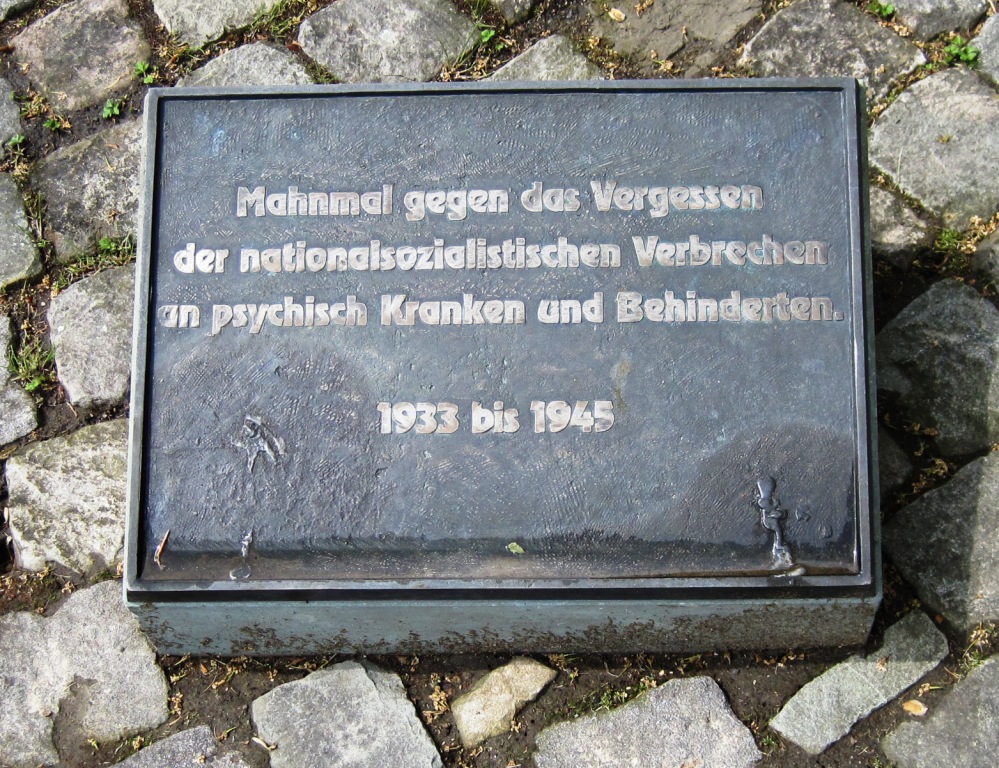





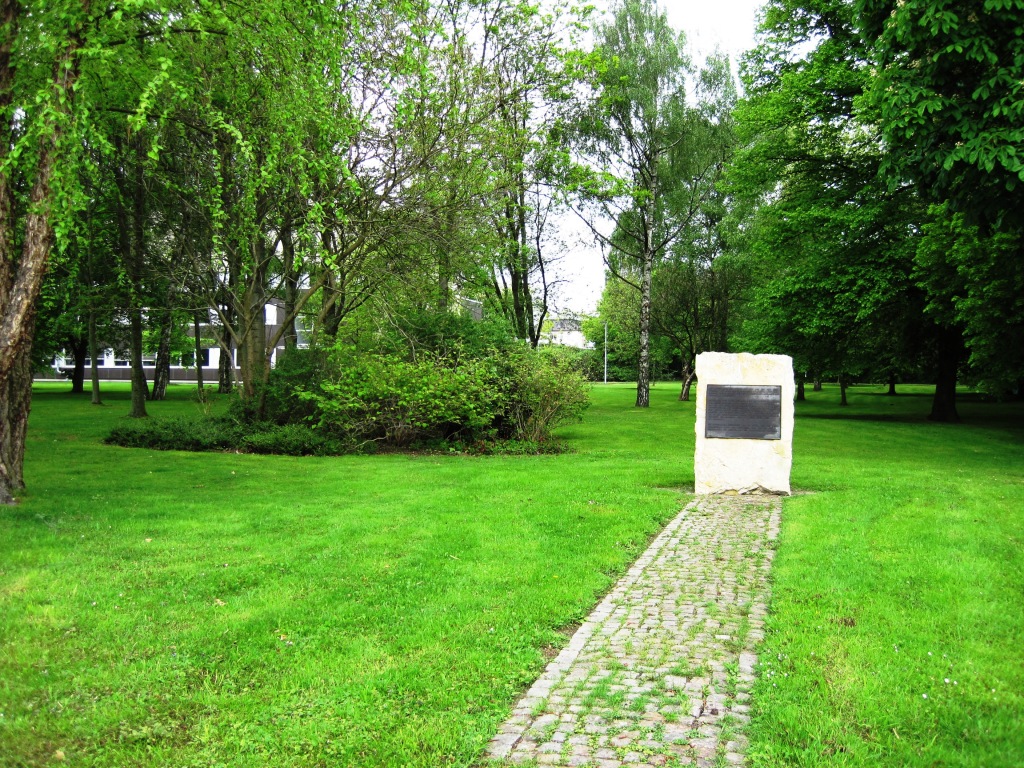
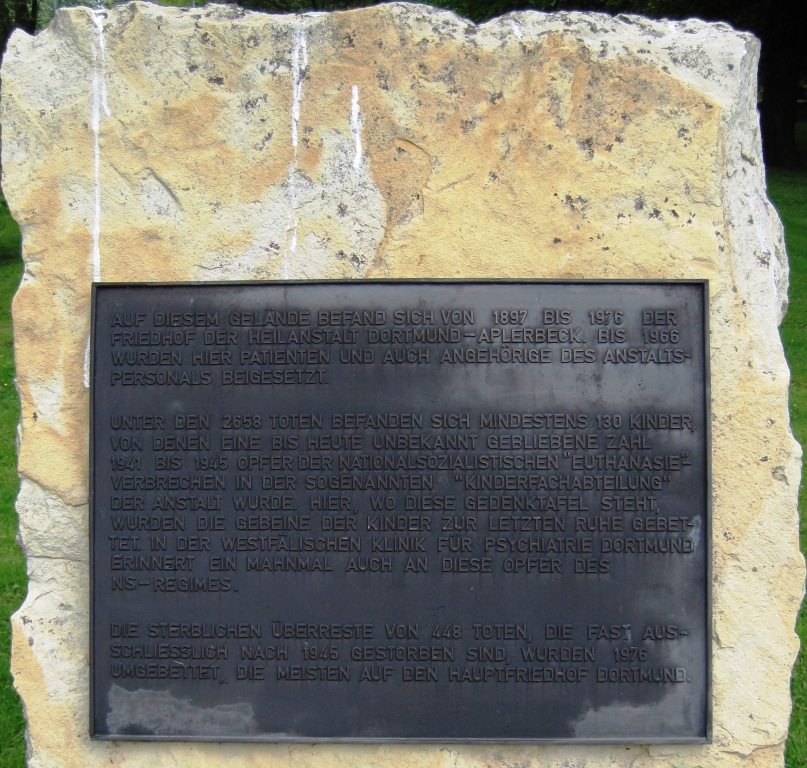
 Source:
http://www.lwl.org/LWL/Gesundheit/psychiatrieverbund/K/lwl_klinik_dortmund/neues/
Source:
http://www.lwl.org/LWL/Gesundheit/psychiatrieverbund/K/lwl_klinik_dortmund/neues/